Art travelers had a full program to complete in the summer of 2017. The 14th documenta took place in two locations in 2017. One could already start in Athens in early summer. This double structure, to which curator Adam Szymczyk gave the working title Learning from Athens, has repeatedly established content-related references to the other city in both Athens and Kassel.
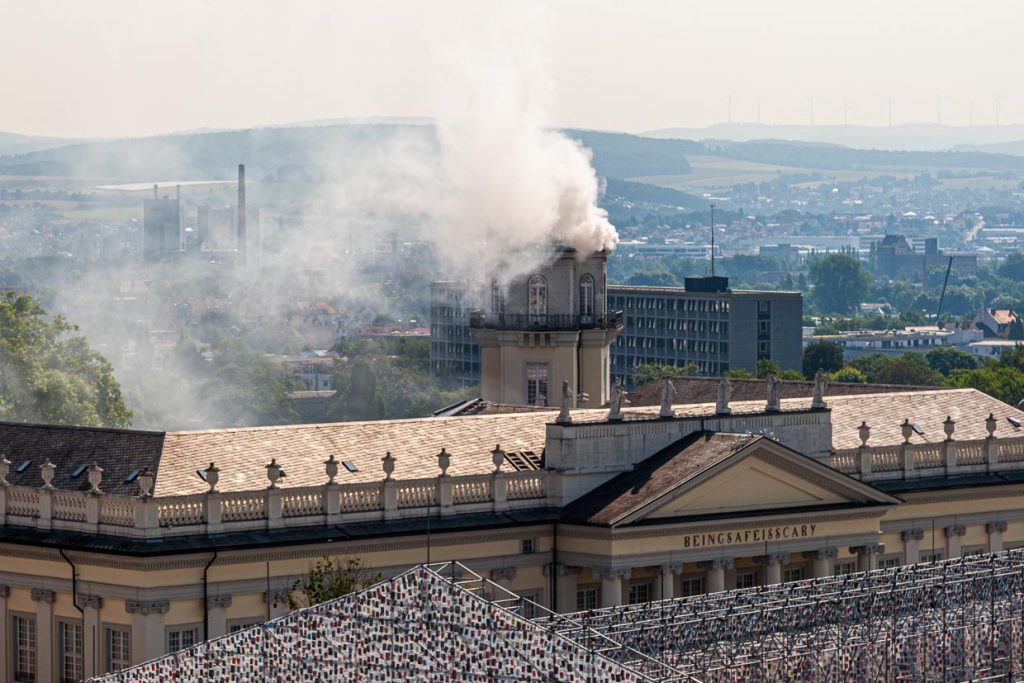
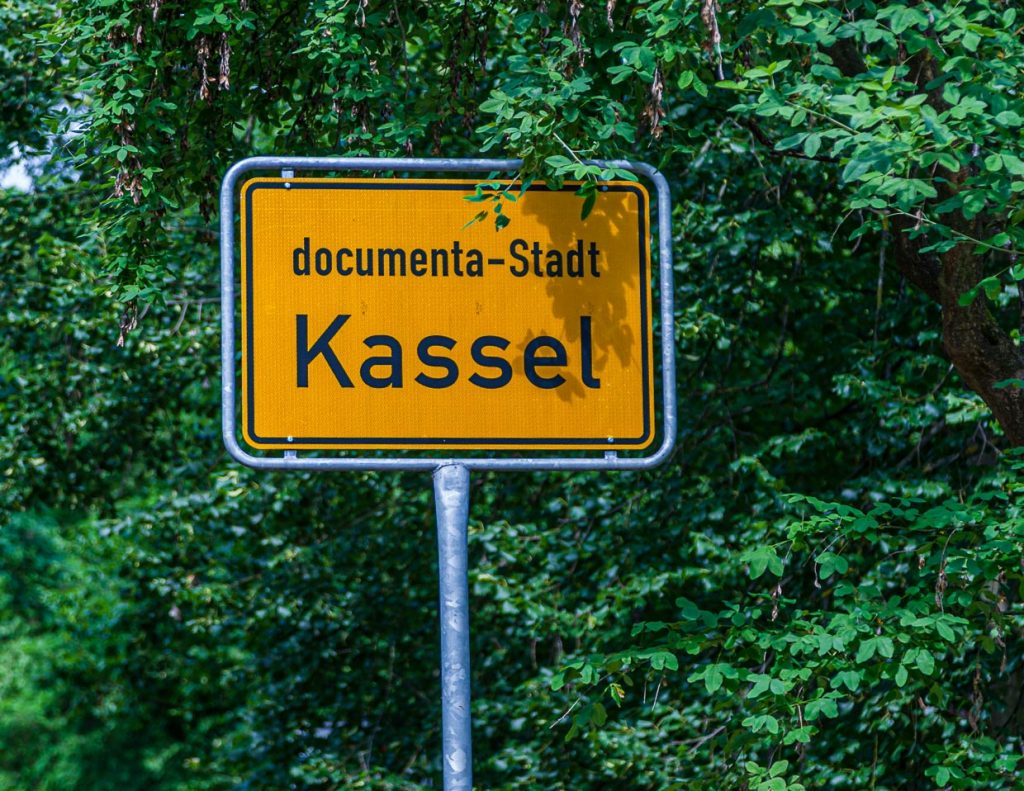
Every five years, Kassel is the center of attention for contemporary art. Installations, performances and lectures take place at a wide variety of venues. A new addition as an exhibition venue is the Main Post Office, an unadorned functional building that is euphemistically called the “New, New Gallery” in plans and overviews of the art show. But you don’t have to go to the museum to see the largest work that curator Szymczyk has brought to Kassel. The Parthenon of Books by Argentine artist Marta Minujin stands unmissable in the heart of Kassel in front of the Fridericianum.
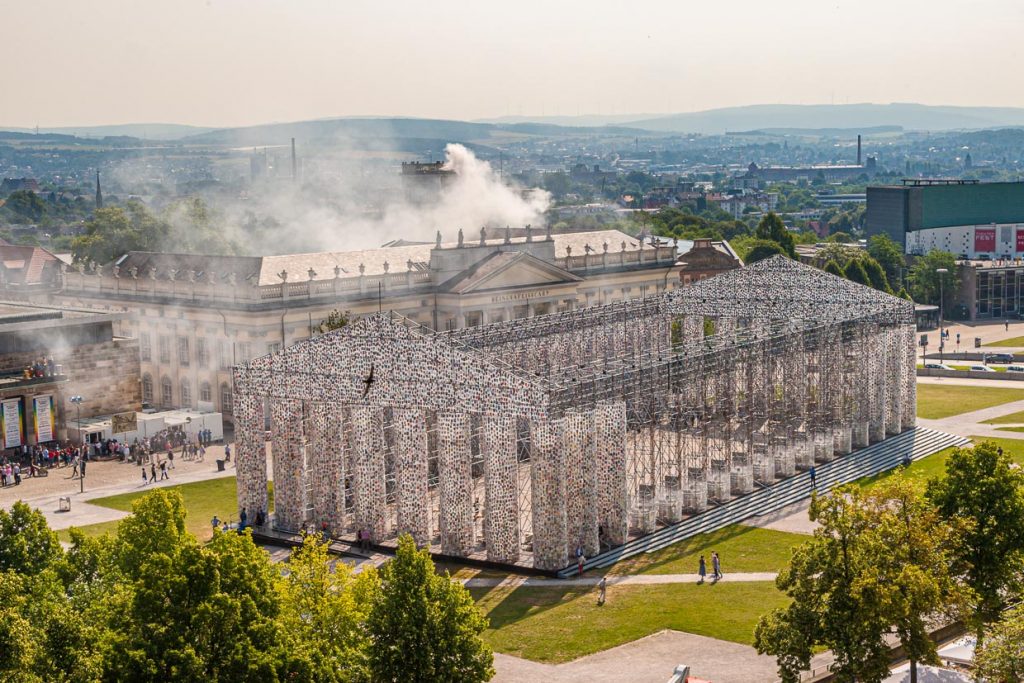
Learning from Athens – the first democracy
The imposing “Kunstbau” is a sign against the banning of texts and the persecution of their authors. To create the work, Argentine artist Marta Minujín and the documenta organizers collected 14 books that are being republished after years of being banned, or that are legally distributed in some countries but banned in others. The installation will be built in Kassel, modeled on the temple on the Acropolis in Athens. Aesthetically and politically, this temple embodies the ideal of the first democracy of mankind.
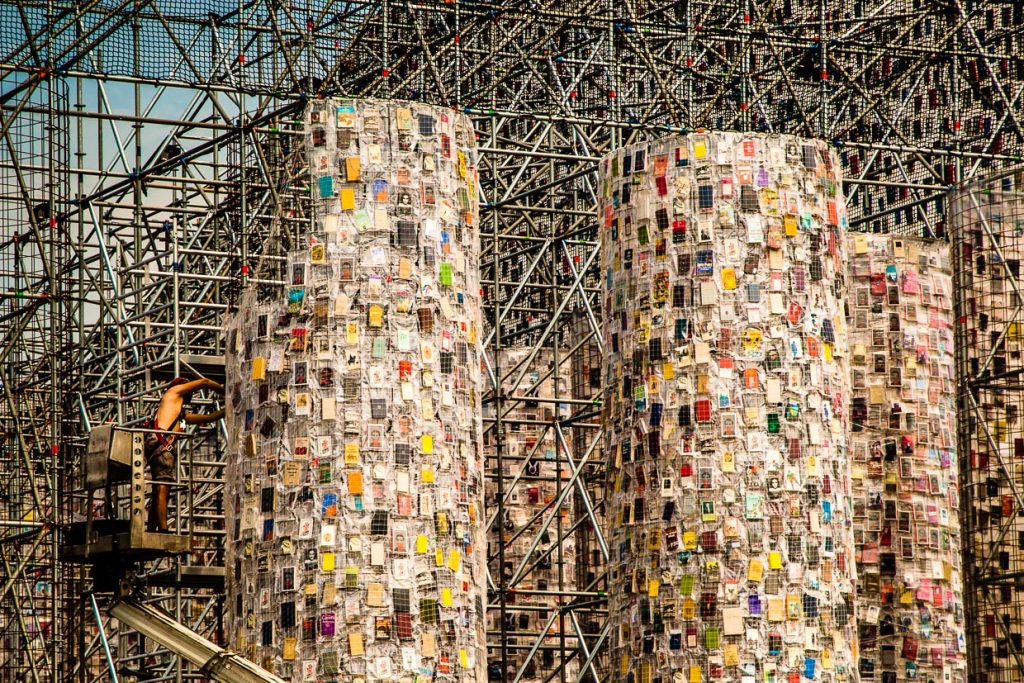
Up to 100,000 banned books from all over the world make up the work on Kassel’s Friedrichsplatz. It was on this very spot that some 2,000 books were burned in May 1933 in the course of the so-called “Action against the Un-German Spirit”. In 1941, the Fridericianum, then still a library, caught fire during an Allied bombing raid and a book collection of about 350,000 books was lost.
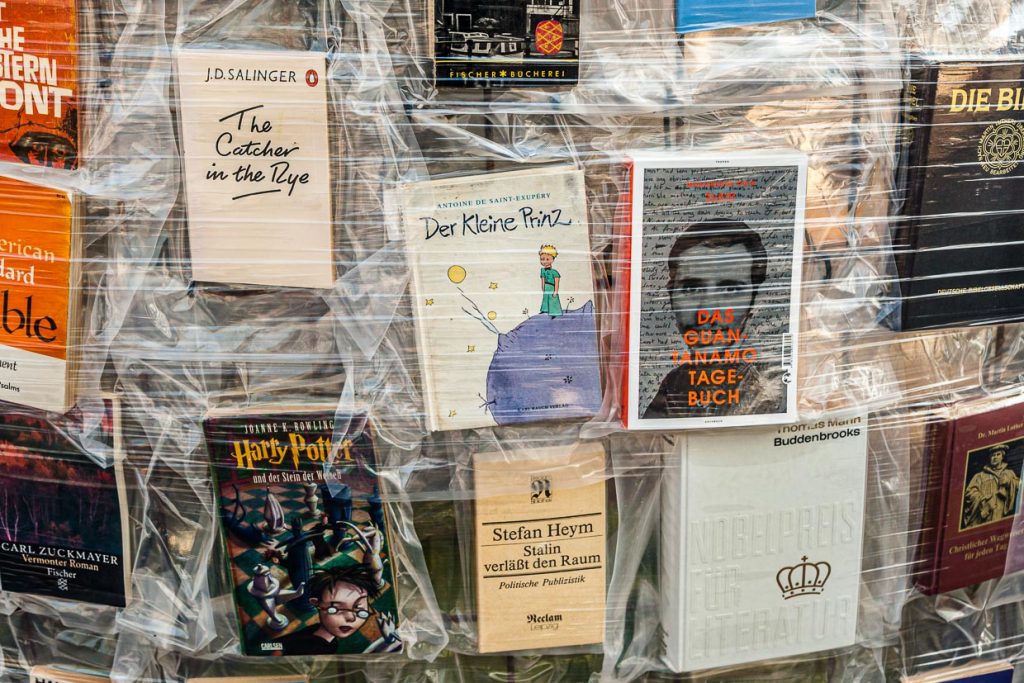
Minujín’s Parthenon of Books goes back to an installation from 1983 entitled El Partenón de libros, which shortly after the collapse of the Argentine civil-military dictatorship showed precisely those books that had been banned during the dictatorship. After five days of exhibition, two cranes tilted the installation slightly to the side so that those present could take the books with them. A joint action with the public is also planned for the Parthenon in Kassel at the end of documenta 14 to allow the books to circulate again.
The beginnings of documenta in Kassel
In 1955, Arnold Bode, artist, art professor, curator and Kassel resident, launched the first documenta. At the time, it was considered an exhibition of Western European modern art.
In the course of the now 14 exhibitions, which take place in a rotation of 5 years, the documenta has constantly evolved. It has become a place of great debate about contemporary art and the current socio-political context.
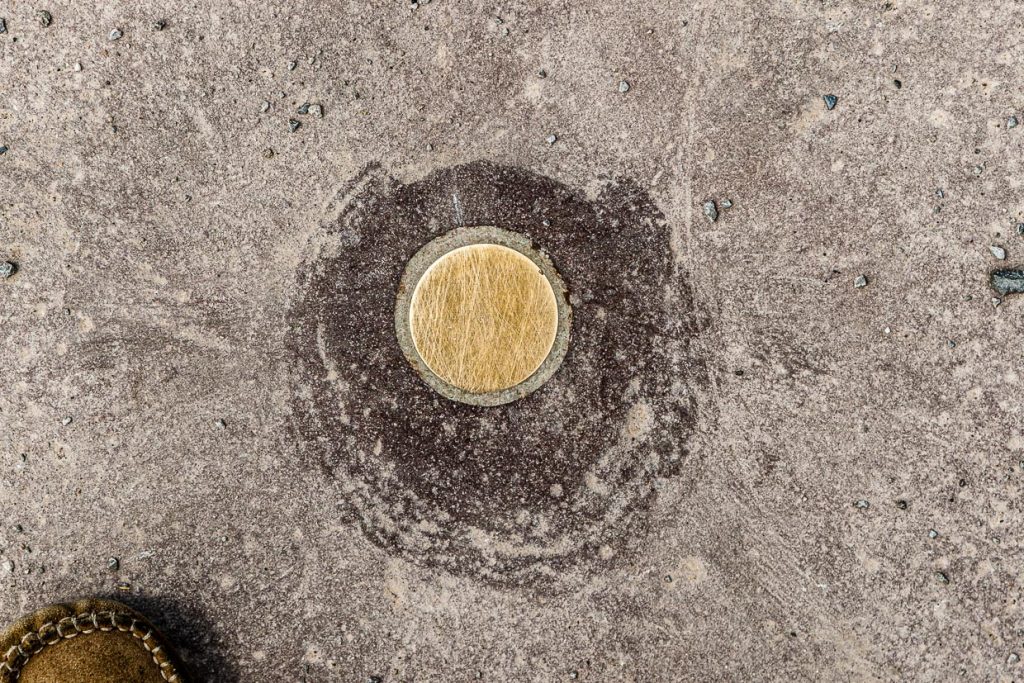
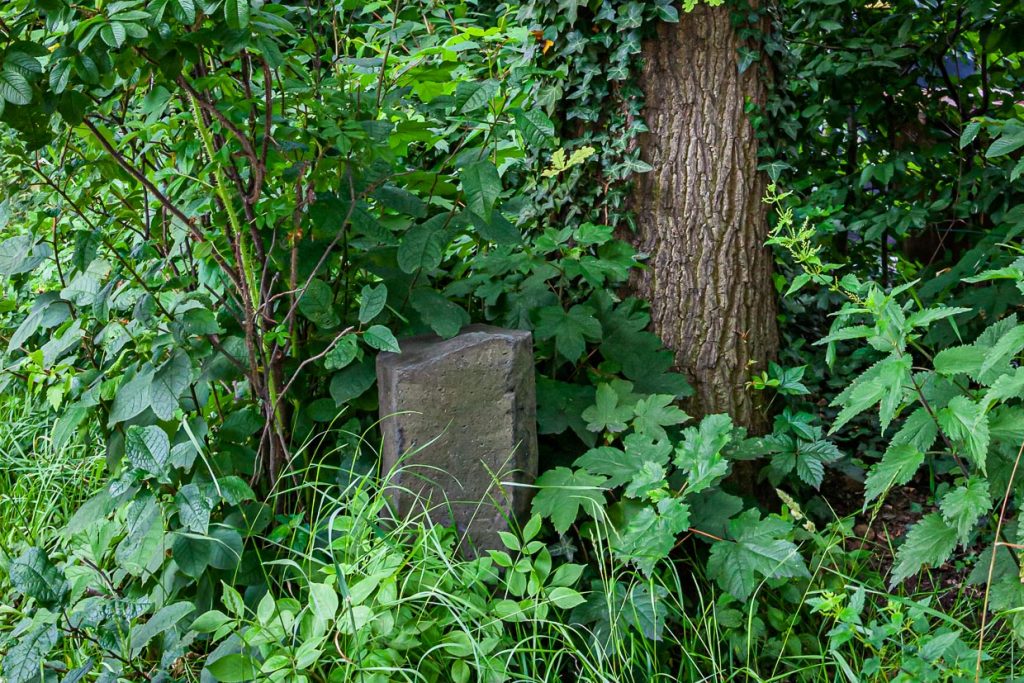
Shopping at the documenta – art to go
Consumption, trade and also the narcissism of people is thematized at the art show. There are some works of art that can be purchased. Women beware, even shoes are part of it! However, it’s not enough to silently slide a bill across the counter or whip out a credit card. Above all, you have to communicate in order to get your hands on the artwork. How this works can be explained using the example of a bar of soap and a pair of shoes.
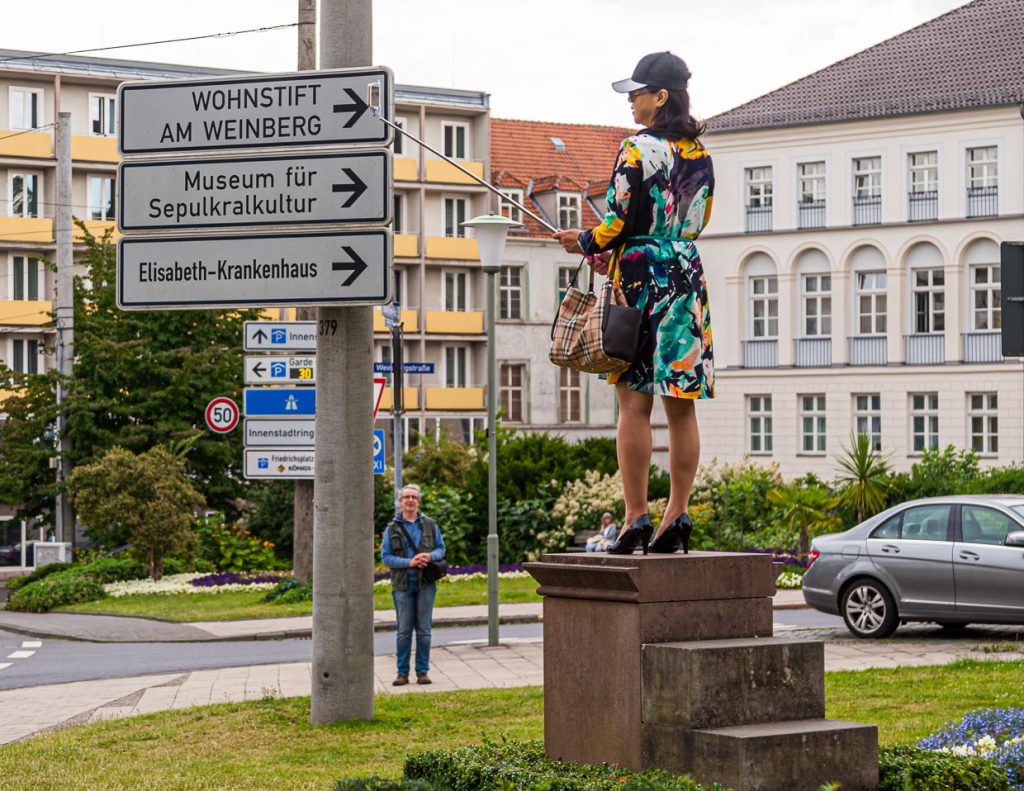
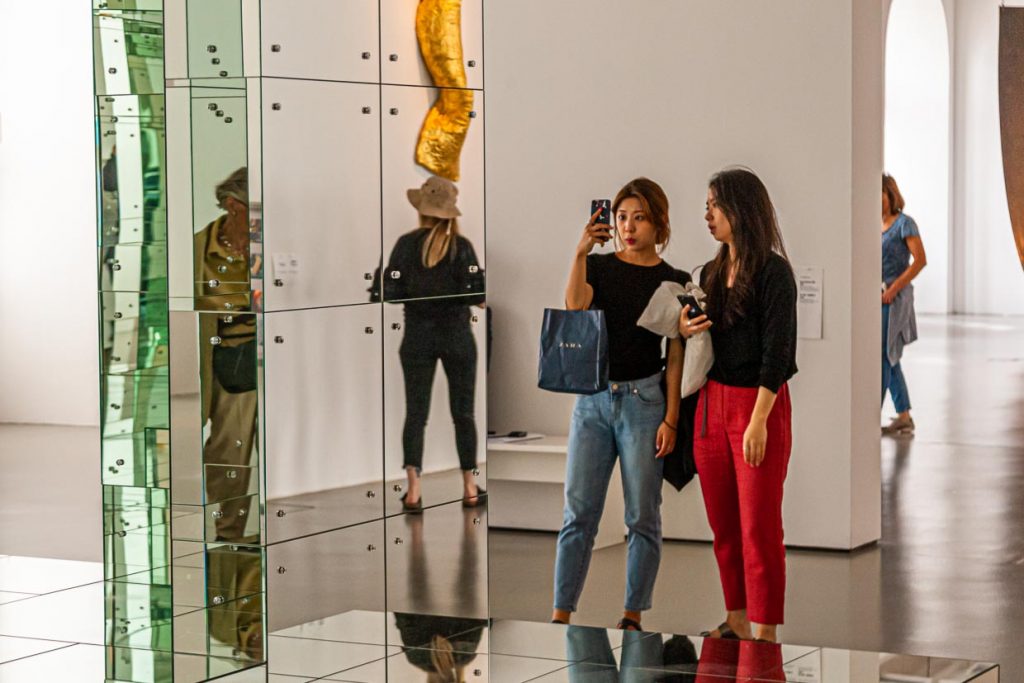
Carved to Flow – the poetry of soap
You never know exactly where they are at any given moment, the performers who carry the poetic work “Carved to flow” by Nigerian artist Otobong Nkanga in their vendor’s tray. It’s best to wander a bit along the Schönen Aussicht not far from the Neue Galerie, then you’ll have a chance to get into a buying conversation.
With a round vendor’s tray that has troughs for soap suds and plants and dressed in a printed poncho, the performers explain the tradition of soap production, the various oils that are processed in the black cubes, the charcoal that suppresses all odors and how all the components of the soap are released back into the earth when they come into contact with the element of water.
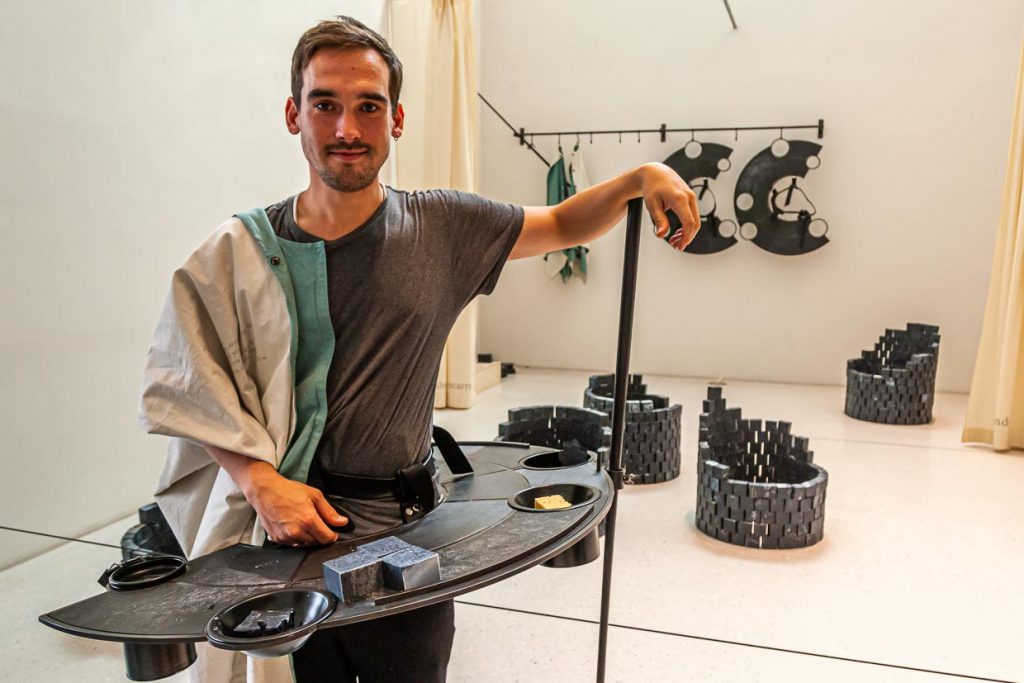
The performers tell about the arrangement of a village community in Africa, which become the symbol on each bar of soap, recite poems printed in the packaging of the soap and talk about the idea of sharing and passing on. And about listening and asking questions, paying attention to the product, and letting the art project from Nigeria live on with the price of 20 euros. It is only through conversation and listening that the bar of soap becomes a really good “souvenir” of documenta 14.
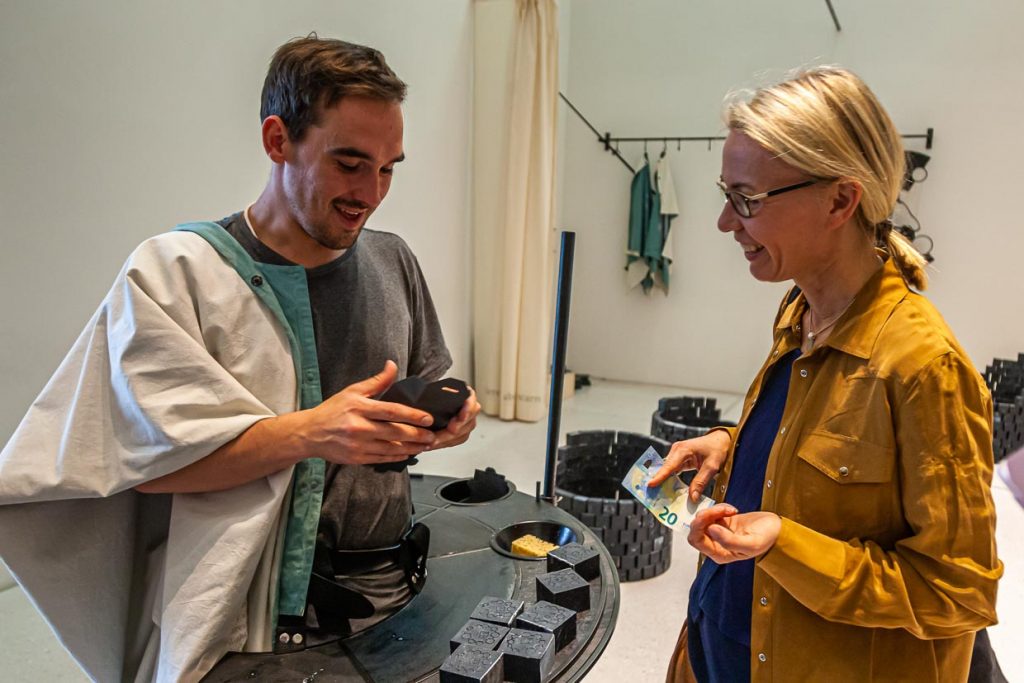
Yugo export by Irena Haiduk
A sign hangs in the stairwell outside Serbian artist Irena Haiduk’s space in the Main Post Office, aka Neue Neue Galerie. The elongated and, for the Main Post Office, downright elegant space consists of the Yugoexport store and a catwalk. There are no aids to action for the documenta visitor eager to consume. Only browsing is not possible. Here, too, one must seek out conversation and ask about the merchandise. That is probably part of the concept.
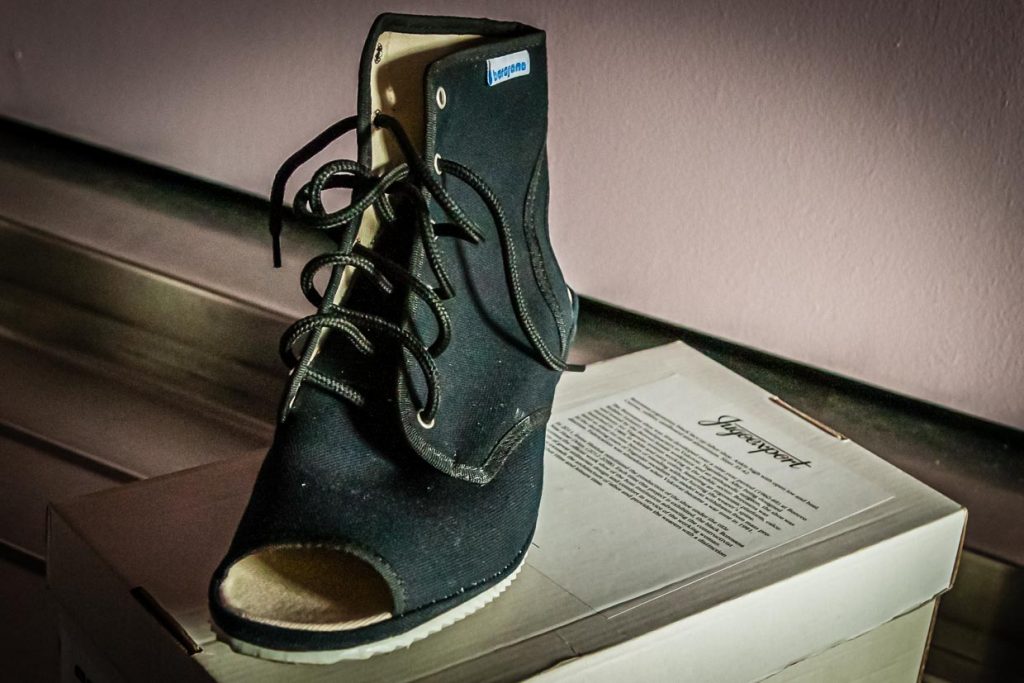
The goods, which in this case is an ergonomic black lace-up canvas shoe with an open toe. It is true that the legendary Borosana shoes, which are worn by all the female employees of the Athens and Kassel documenta, were sold out right at the beginning of the show.
But even after a fresh delivery of goods, products such as dresses, blouses and just that legendary health shoe are kept behind the counter. On demand one gets then his size in a blue shoe box handed.
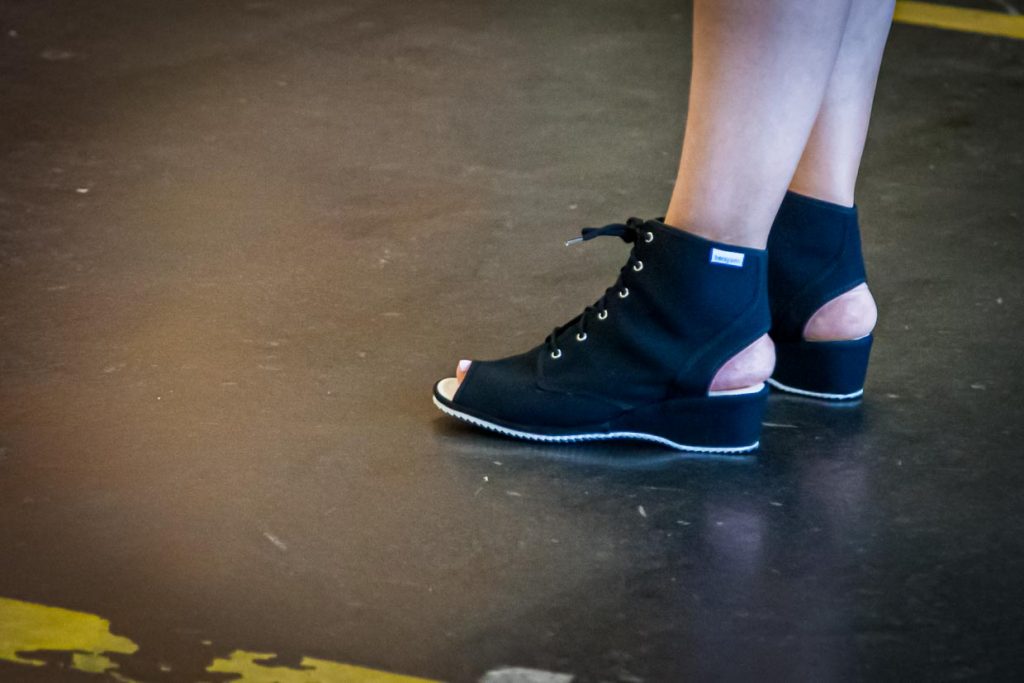
The Borsanas were developed in the 1960s in Yugoslavia for cleaning ladies and waitresses. After a long development phase, the Yugoslavian state prescribed this shoe to all working women so that they could get through a 10-hour day without pain and with a relaxed back. The artist also maintains the reference to the working world. On the one hand, part of the sales conversation with the customer is the self-assessment of her life situation. The price for a pair of shoes is based on this. In addition, the woman signs a contract in which she undertakes to wear these shoes exclusively at work. The concluded contracts are in turn combined to form part of the art project.
documenta – debates and food for thought
Time and again, documenta is about war. This is also represented by the tank “Polemos”, which Andreas Angelidakis has set up in the Fridericianum. The seating modules are made of vinyl and foam in spotted camouflage. The artist has arranged them into a flexible tank. The tool of war becomes a cuddly oasis and yet the image of war and destruction comes to life in the viewer.
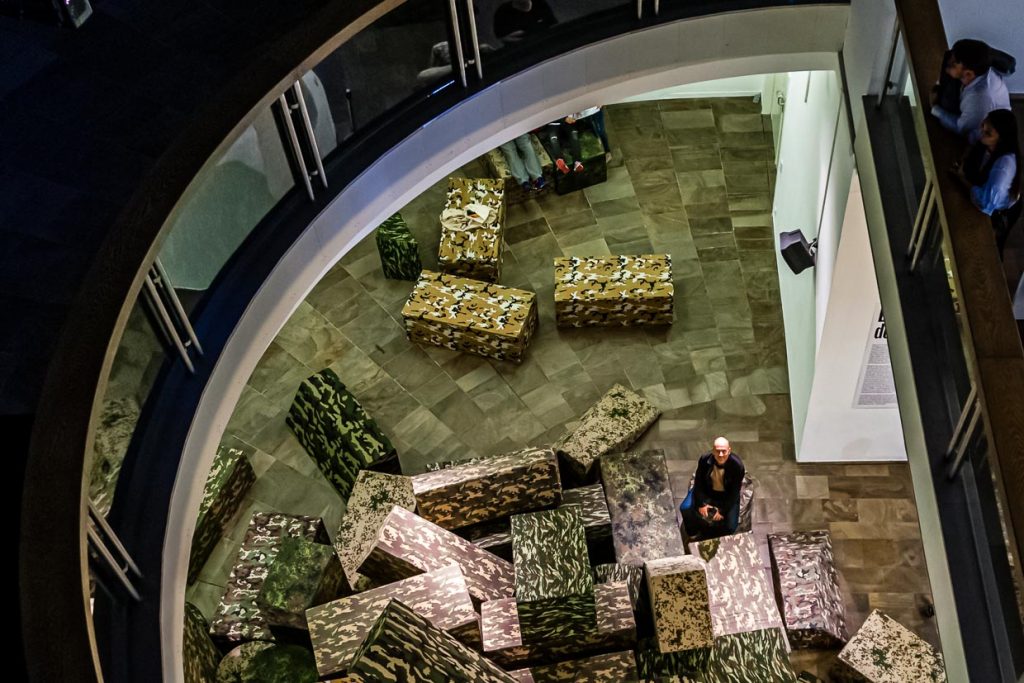
Ibrahim Mahama from Ghana with a spectacular outdoor artwork. The wrapping of the gate guards. The jute sacks are made in Asia, distributed all over the world and used in Ghana to pack cocoa for export to America and Europe. In these sacks materializes the history of world trade, which even today often tells of exploitation. Cocoa beans in particular represent low wages, child labor and environmental destruction.
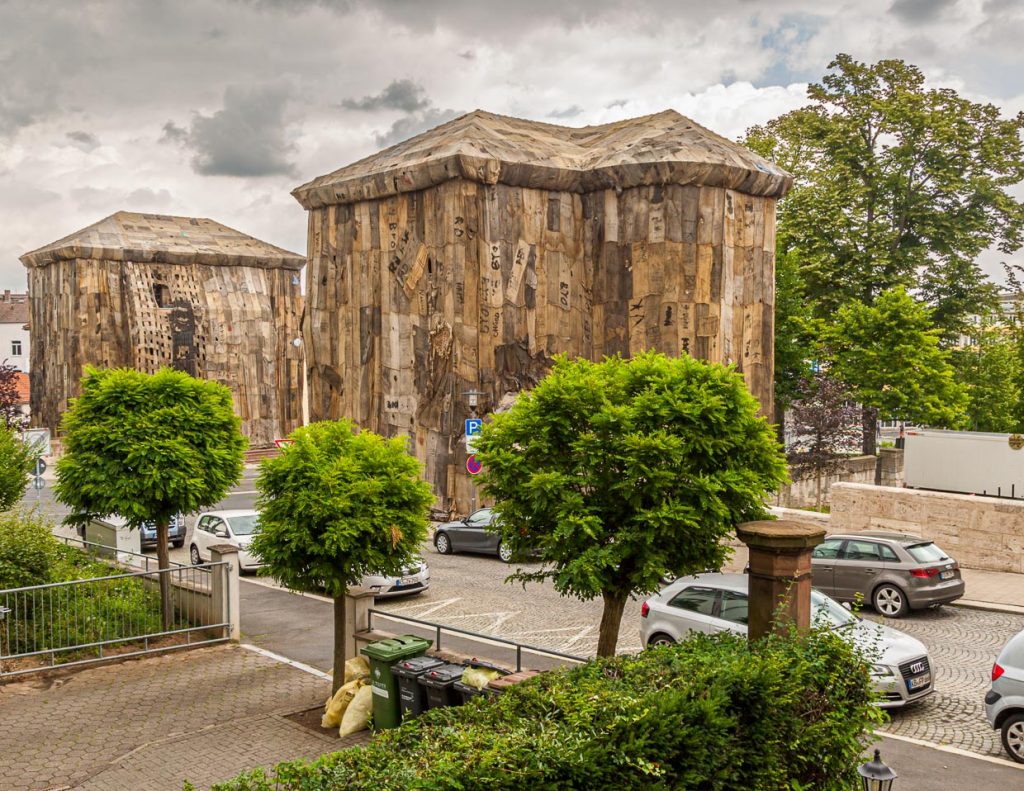
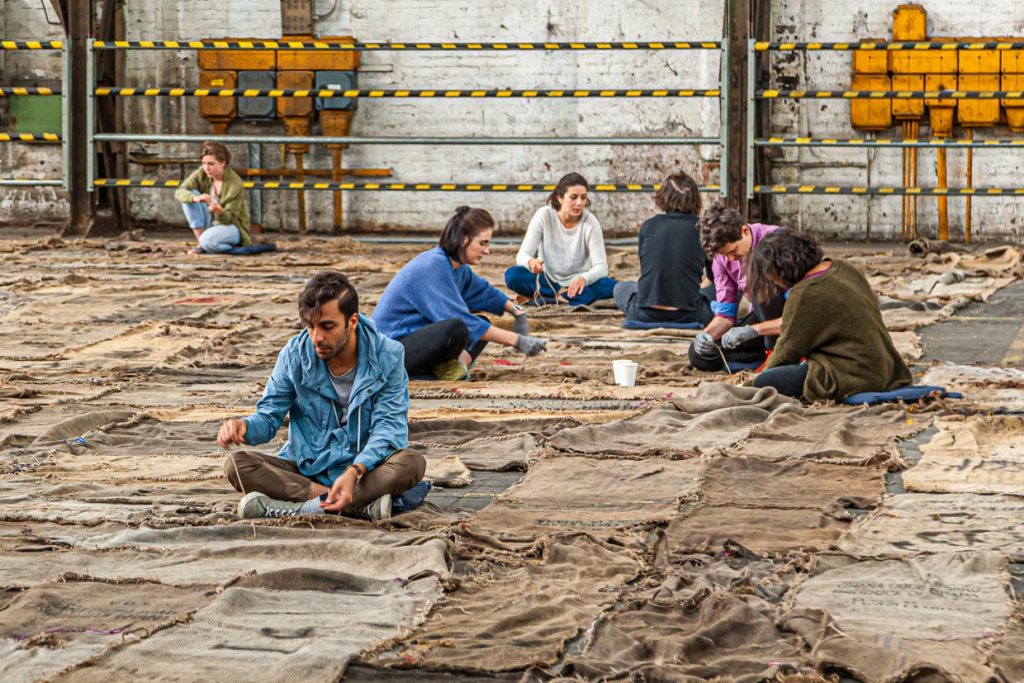
Kassel is worth a visit, and not only at documenta time. During the weeks of the great art show, visitors from all over the world flock to the city in northern Hesse. Concerts, performances and a wide variety of street food enrich the cityscape. But it is also a fact that after more than 60 years of documenta in Kassel – many works of art have remained in the city, the density of museums is impressive and the water games in Bergpark Wilhelmshöhe, which has been a World Heritage Site since 2013, offer impressive water power every year from May – a city trip to Kassel is also worthwhile outside the documenta years.
The somewhat different accommodation: Renthof in Kassel – history and zeitgeist
From the documenta we were waived the entrance fee

